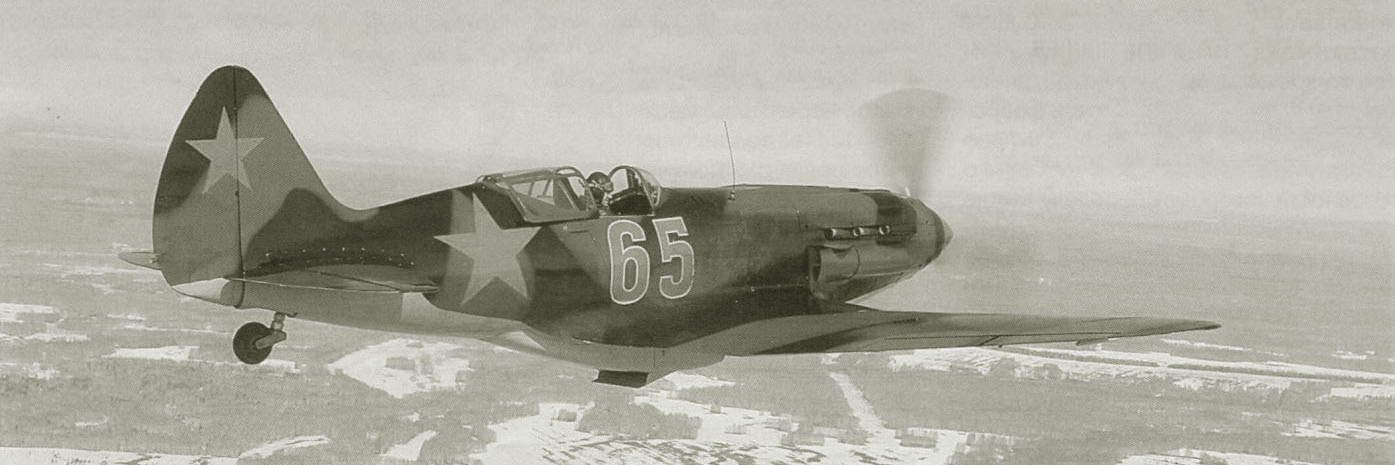
Aviation of World War II


 |
Aviation of World War II |


|
|
Soviet Union | Lend - Lease | Facts | Forum | Germany | Japan | R A F | U S A A F | Other | Photos |
|
|
Armament MiG-3
In the course of working out of small arms has been tested three versions: the first - two machine guns BS and two ShKAS, the second - two machine guns BS and one ShKAS, and the third - with two machine guns BS. According to test results from the September 20, 1941 was launched production 151 aircraft of the MiG-3 of the 27 series with version of two-gun emplacements, thus due ShKAS machine gun ammo machine gun BS increased from 300 to 700 cartridges. Before the start of the evacuation was produced 315 aircraft armed with two machine guns BS, moreover, 215 of them are equipped with two launchers of the batteries RO-82 for firing rockets RS-82. The review noted that arming MiG-3 rocket weapons exclusively beneficial to the combat capabilities of the aircraft. In some cases the MiGs successfully fought against enemy aircraft, and ground troops. However, it soon became clear that the scattering by firing appeared excessive. It was possible to successfully attack only targets large size, for example, the column of troops on the road. The MiG-3 was "not too successful platform" for the shooting, which was due to insufficient rigidity of fastening systems RO-82. Given that the main problems of the MiG-3 experienced due to deficiencies with motor AM-35A, and the fact that engines for MiG-3 produced the same Aircraft Engine Plant, which built engines AM-38 for IL-2 production of the fighter had to be abandoned. As a result, after the famous telegram from Stalin's December 23, 1941 issue of the MiG-3 was discontinued, and the plant # 1 switched to the production of Il-2. In the evacuation was able to issue only 22 MiG-3, already armed with two synchronized cannons ShVAK. After returning in April 1942 to Moscow from evacuation to the newly organized pilot plant # 155 (OKB-155), which was headed by AI Mikoyan, from the resulting from the factories # 1 and # 30 units and finished products assembled another 30 MiG-3. All the fighters were armed with two synchronized cannons ShVAK. Air Staff of VVS at various levels compiles the accumulated combat experience, to identify strengths and weaknesses of the new aircraft. With regard MiGs notes the following weaknesses: short range, too high landing speed, frequent failures underwing machine guns (on the western front of their universally removed from MiGs in early August), numerous cases failures of propeller synchronizers. A lot of criticism is the lack of tightness of the pneumatic system that prevented reloading of weapons in battle. |
|
|
Further Reading
Add Comment... September 30, 2015
September 30, 2015
|
||||||||||||||||||||||||||